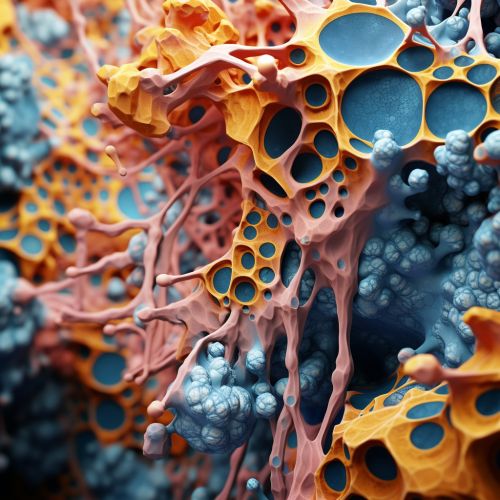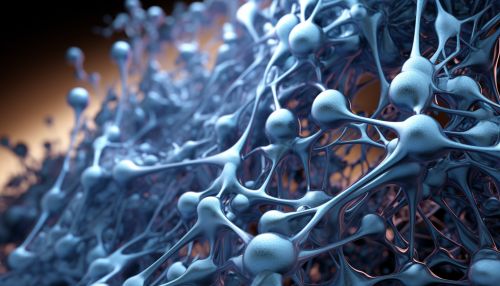Calcium ion
Introduction
The Calcium ion (Ca2+) is a divalent cation, meaning it carries a charge of +2. It is one of the most abundant ions in the human body and plays a crucial role in numerous physiological processes. The calcium ion is essential for cellular signaling, muscle contractions, neurotransmission, and the formation of bones and teeth.


Physical and Chemical Properties
Calcium ions are derived from the calcium element, which is the fifth most abundant element in the Earth's crust. The ion is formed when the calcium atom loses two of its valence electrons, resulting in a charge of +2. This process is known as ionization. The calcium ion has a radius of approximately 0.99 Å and is highly reactive due to its positive charge.
Biological Role
Cellular Signaling
Calcium ions play a pivotal role in cellular signaling. They act as a second messenger in many cellular processes, including the regulation of gene expression, cell division, and apoptosis. The concentration of calcium ions within the cell is tightly regulated by various ion channels, pumps, and exchangers.
Muscle Contraction
In muscle cells, calcium ions are crucial for muscle contraction. They bind to troponin, a protein complex on the muscle fibers, causing a conformational change that allows myosin to bind to actin, leading to muscle contraction.
Neurotransmission
Calcium ions are also essential in neurotransmission. When an action potential reaches the end of a neuron, it triggers the opening of voltage-gated calcium channels. The influx of calcium ions into the neuron triggers the release of neurotransmitters into the synaptic cleft, facilitating communication between neurons.
Bone and Teeth Formation
Calcium ions are a major component of bones and teeth. They combine with phosphate ions to form hydroxyapatite, the mineral component of bones and teeth.
Regulation of Calcium Ions
The concentration of calcium ions in the body is tightly regulated by a complex system involving the parathyroid glands, kidneys, and intestines. The parathyroid glands release parathyroid hormone (PTH) in response to low blood calcium levels. PTH stimulates the release of calcium from the bones, the absorption of calcium in the intestines, and the reabsorption of calcium in the kidneys.
Pathological Conditions Related to Calcium Ions
Abnormal levels of calcium ions in the body can lead to various pathological conditions. Hypocalcemia, or low calcium levels, can cause muscle cramps, seizures, and abnormal heart rhythms. Hypercalcemia, or high calcium levels, can lead to kidney stones, bone pain, and confusion.
